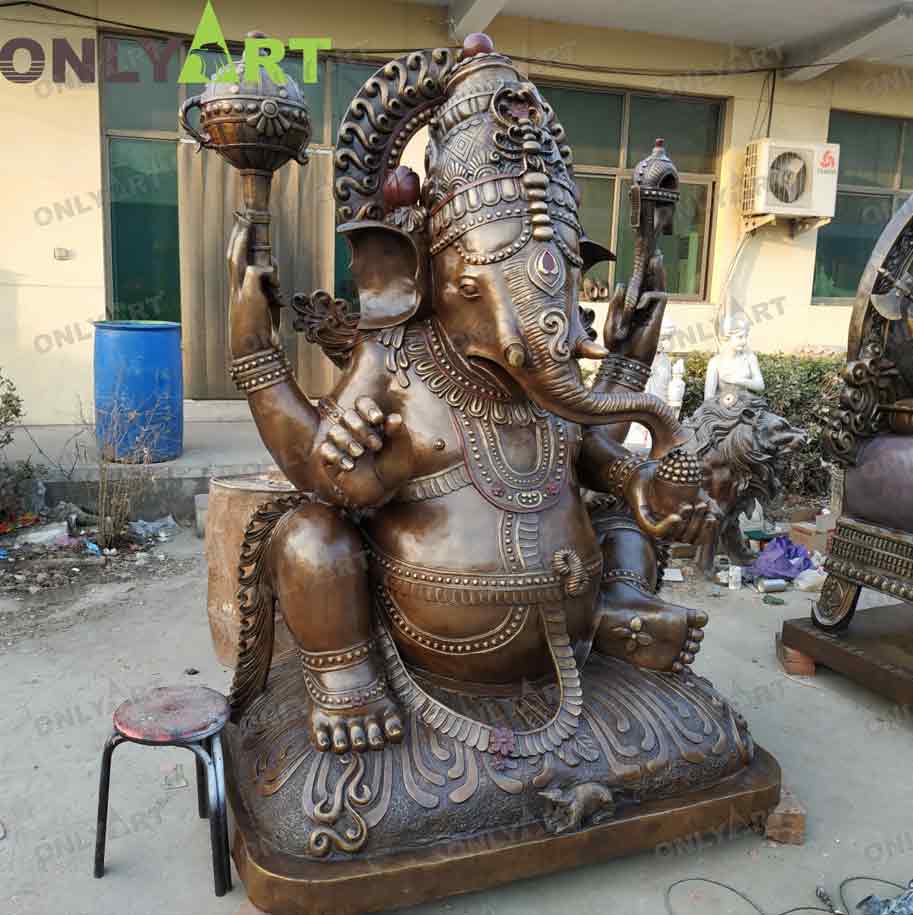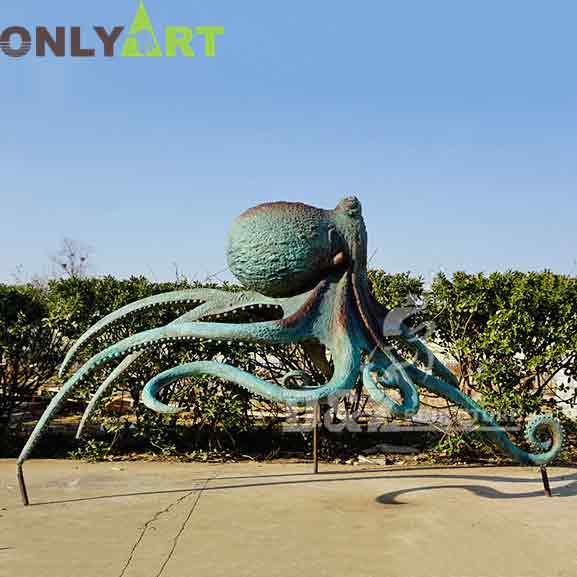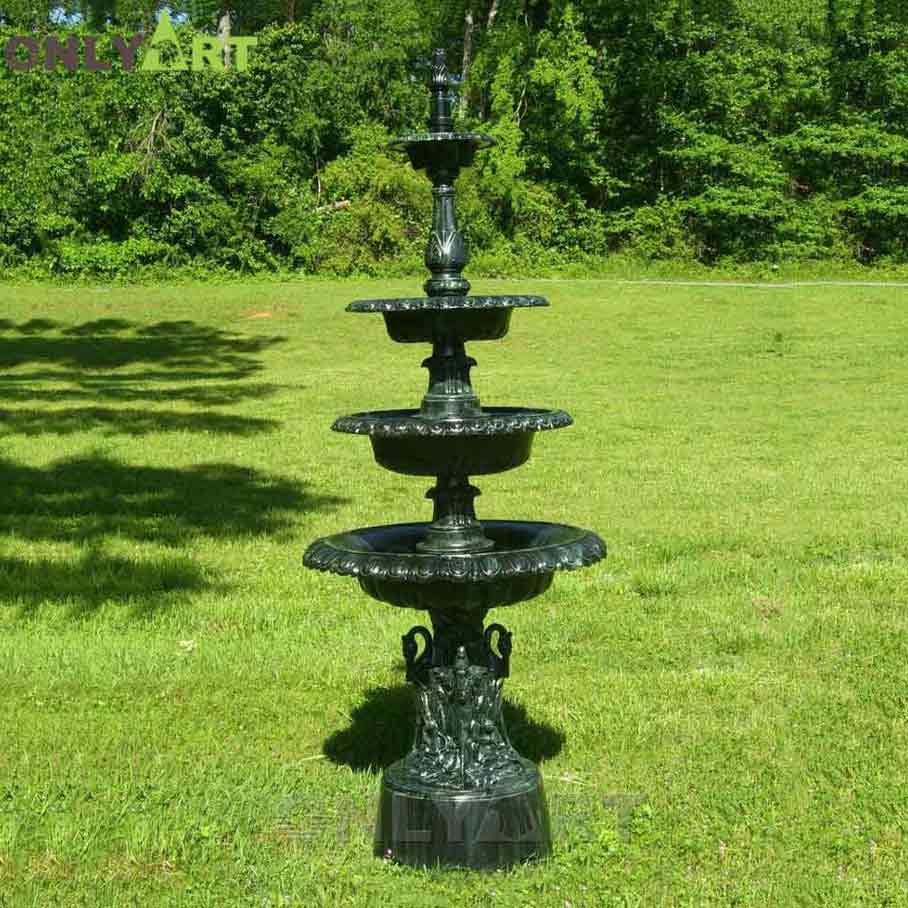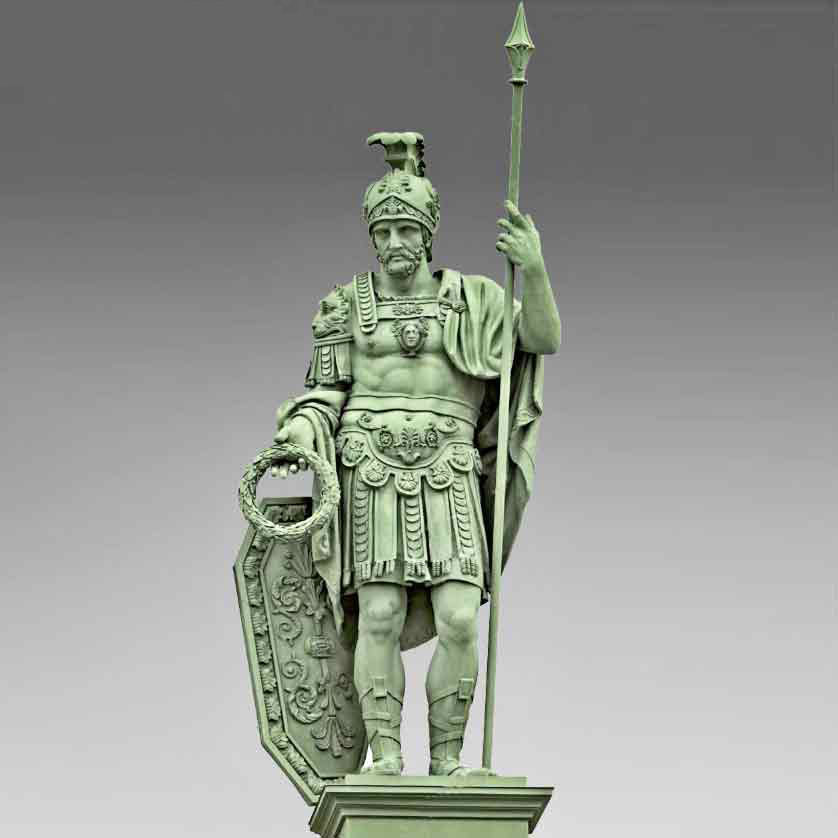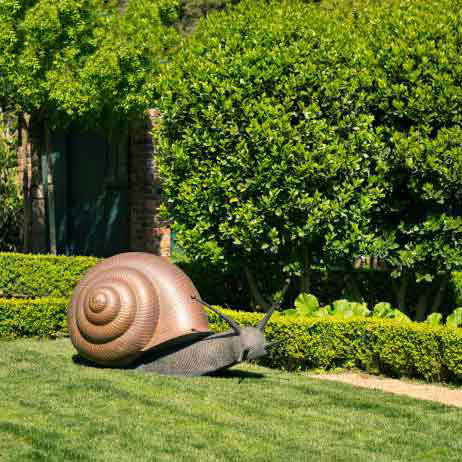Hygieia Statue, the sculpture of Hygiea, the goddess of medicine in Greek mythology, is a work of art rich in historical significance and cultural value. The sculpture represents the god of health, cleanliness and healing and is often seen as a symbol of the fields of medicine, hygiene and wellness.
One of its characteristics is that the sculptures are beautiful in shape, full of softness and mystery. Hygeia is usually depicted as a demure and demure woman wearing a robe and holding a staff of snakes, a symbol of medicine and healing. Her face is full of kindness and wisdom, showing care and protection for human health.
Hygieia Statue is often made of noble materials such as marble and bronze. These materials give the sculpture a lasting quality and elegant appearance, allowing it to retain its precious artistic value over time.

Its style combines classic and elegant beauty. Sculptures present the essence of ancient Greek art, focusing on the beauty and harmony of human figures. This classical style is not only an aesthetic expression, but also a profound communication of medical treatment and health.
Hygieia Statue not only represents a symbol of medical care, but also has spiritual significance. It presents the pursuit and care of physical and mental health, and is an interpretation of important values in human life.
As a work of art, Hygieia Statue is not only aesthetically attractive, but also carries human beings’ yearning and awe for health and healing. Its uniqueness and cultural value make it an indispensable symbol in the medical and health fields, inspiring people to pursue health and care for life.


